Deep within the forests of our world, nature has crafted extraordinary relationships between species and their habitats. Among these fascinating connections is the remarkable adaptation of certain snake species that have evolved to make their homes within the hollow confines of tree trunks. These arboreal serpents have developed specialized behaviors and physical characteristics that allow them to thrive in these wooden sanctuaries. As we explore this unique ecological niche, we’ll discover how these hollow-dwelling snakes have mastered the art of survival by utilizing the protective embrace of trees—a relationship that has developed over millions of years of evolution.
The Rat Snake: Primary Hollow Tree Dweller
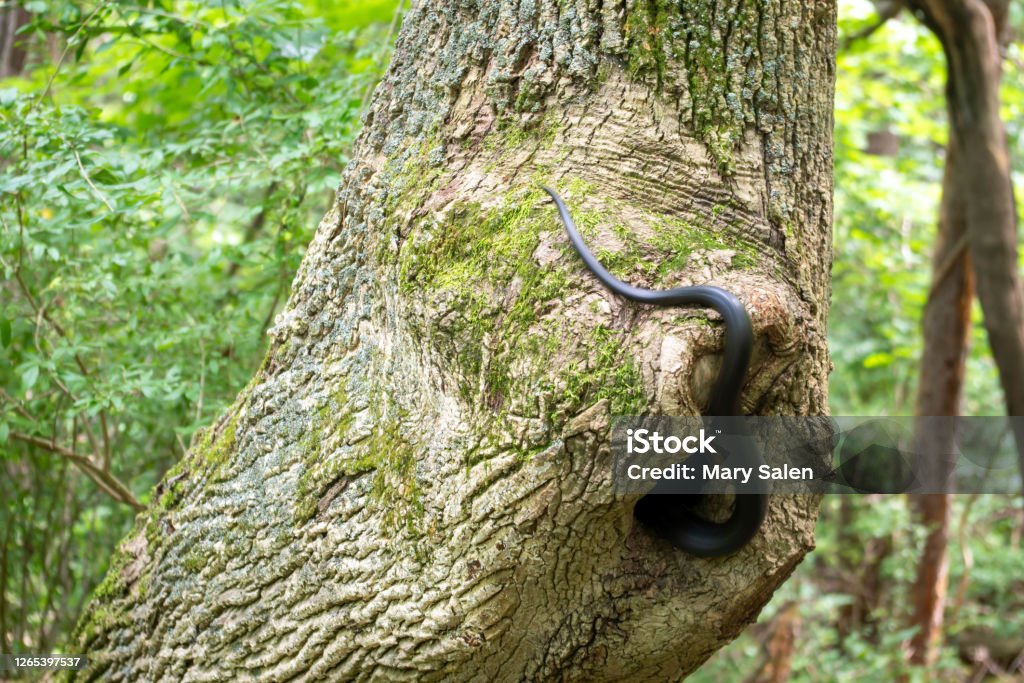
Among the most common snakes to make their homes in hollow trees is the rat snake (Pantherophis species). These non-venomous constrictors, found throughout North America, are particularly adept climbers that frequently seek out tree cavities as safe havens. With their strong, muscular bodies reaching lengths of 3-6 feet, rat snakes can easily navigate the vertical surfaces of trees to access elevated hollows. Their specialized belly scales provide excellent grip against rough bark, allowing them to ascend trunks with remarkable efficiency. Rat snakes particularly favor oak and hickory trees with natural cavities created by decay or woodpecker activity, using these spaces not only for shelter but also as strategic hunting positions.
Why Hollow Trees Make Ideal Snake Habitats
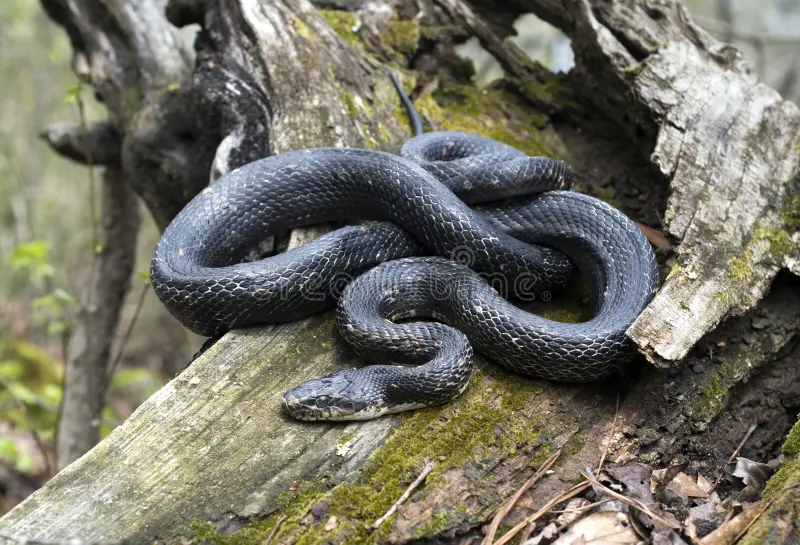
Hollow tree trunks offer multiple advantages that make them ideal habitats for certain snake species. First and foremost, these natural cavities provide crucial protection from predators, creating a secure retreat that shields snakes from hawks, larger mammals, and other threats. The enclosed space also offers excellent thermal regulation, maintaining relatively stable temperatures even as external conditions fluctuate—a critical factor for ectothermic reptiles that rely on environmental heat. Additionally, hollow trees frequently attract rodents, birds, and other potential prey, essentially turning the snake’s home into a convenient hunting ground. Finally, these elevated shelters protect from flooding and ground predators, offering a multi-faceted survival advantage.
Physical Adaptations for Arboreal Living
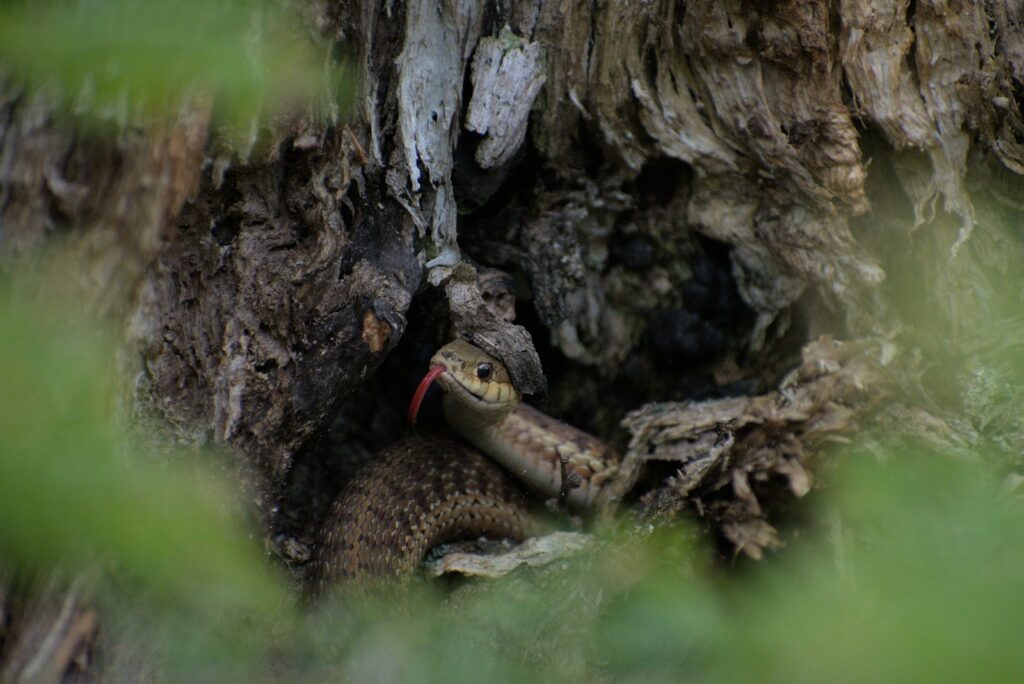
Snakes that regularly inhabit tree hollows possess specific physical adaptations that facilitate their arboreal lifestyle. Many display slender, elongated bodies that allow them to navigate through narrow openings and tight spaces within tree cavities. Their specialized belly scales, called ventral scutes, feature slight ridges that can grip bark and wooden surfaces, providing the traction necessary for vertical climbing. Some species have also developed prehensile tails that can wrap around branches for additional support during climbing or when moving between trees. Additionally, these snakes often possess excellent vision, with eyes positioned to provide good depth perception—essential for accurately judging distances when moving through the canopy or striking at prey from their tree hollow perches.
The Corn Snake: Colorful Cavity Dweller
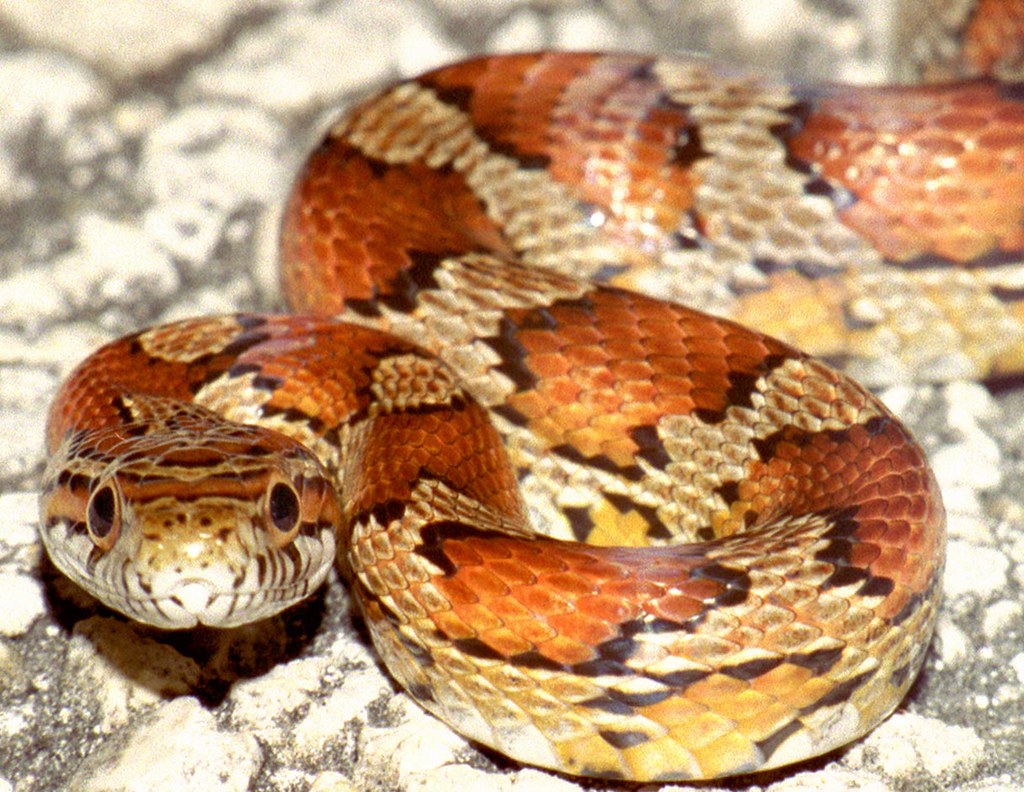
The corn snake (Pantherophis guttatus), a close relative of the rat snake, is another species frequently found residing in hollow trees throughout the southeastern United States. These vibrantly colored constrictors, with their striking orange, red, and yellow patterns, can reach lengths of 4-5 feet and are remarkably adept climbers. Corn snakes actively seek out tree hollows as daytime refuge spots, emerging primarily at dusk and dawn to hunt for small mammals and birds. Their slender build allows them to access relatively small openings in trees, and once inside, they can coil comfortably in the protected space. Farmers historically appreciated these snakes for controlling rodent populations in corn storage areas, which contributed to their common name.
Creation and Selection of Tree Hollows
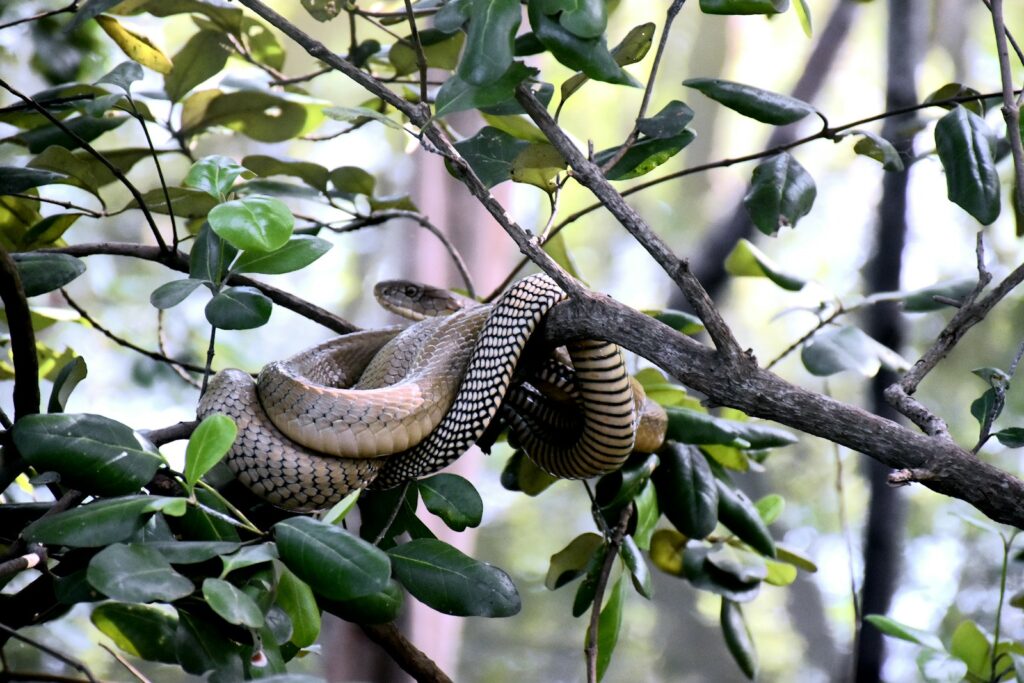
The formation of tree hollows suitable for snake habitation follows a fascinating ecological progression involving multiple species. Primary hollow creators include woodpeckers, which excavate nesting cavities that may later be abandoned and repurposed by snakes. Natural processes such as fungal decay, lightning strikes, and branch breakage create additional openings that gradually expand into suitable snake dwellings. Snakes demonstrate remarkable selectivity when choosing hollow trees, showing preferences for specific entry sizes, internal dimensions, height from the ground, and orientation. Research indicates that many hollow-dwelling snakes prefer cavities with southern or eastern exposures, which receive more warming sunlight during cooler months. Some individuals may return to the same hollow for multiple seasons if the location proves particularly advantageous.
The Black Rat Snake’s Tree Hollow Lifestyle
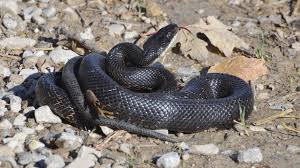
The eastern black rat snake (Pantherophis alleghaniensis) exemplifies the hollow tree lifestyle with its highly specialized arboreal behaviors. These impressive constrictors, which can grow to over 6 feet in length, are among North America’s most accomplished tree-climbers despite their substantial size. Black rat snakes regularly patrol forest canopies in search of bird nests, showing remarkable agility as they navigate between branches. During summer months, they often retreat to tree hollows during daylight hours, emerging to hunt in the cooler evening temperatures. In northern parts of their range, black rat snakes may use deep tree hollows as hibernation sites, sometimes sharing these spaces with other snake species in communal denning arrangements that help maintain vital warmth during winter dormancy.
Hollow Trees as Nesting Sites
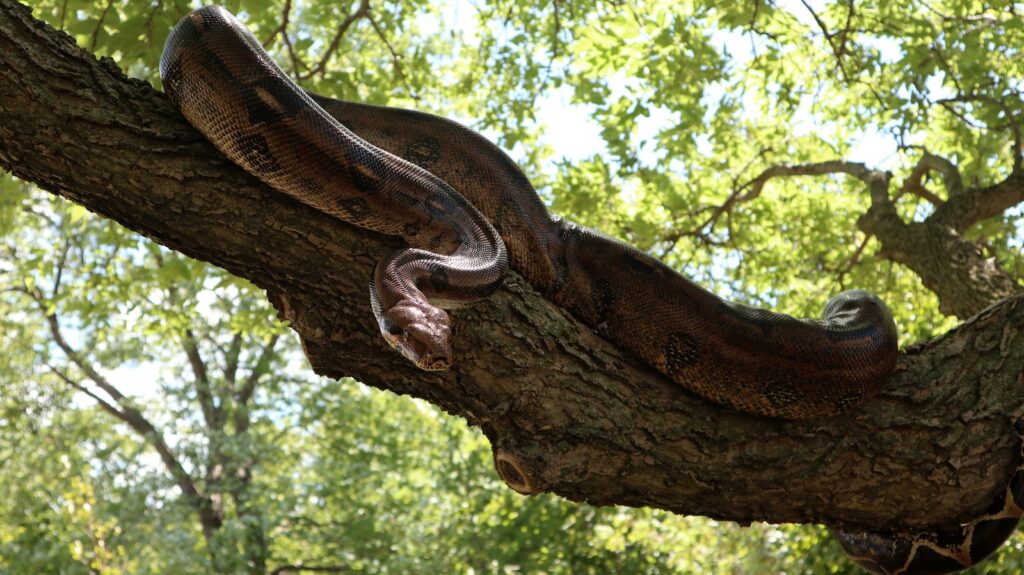
Beyond providing shelter and hunting opportunities, hollow trees serve a critical reproductive function for certain snake species. Female rat snakes and related species often select elevated tree cavities as protected nesting sites, depositing clutches of eggs in the decomposing wood material that frequently lines these spaces. The decaying organic matter provides ideal incubation conditions, offering stable humidity and temperature for developing embryos. The elevated position of tree hollows also reduces the risk of egg predation from ground-dwelling animals. After laying their eggs, which typically number between 6-24 depending on the species, the female generally abandons the nest, leaving the young to hatch independently after an incubation period of 60-75 days. Upon hatching, the juvenile snakes are immediately capable of climbing and often disperse through the canopy.
Racing Stripe Snake: A Tropical Tree Hollow Specialist
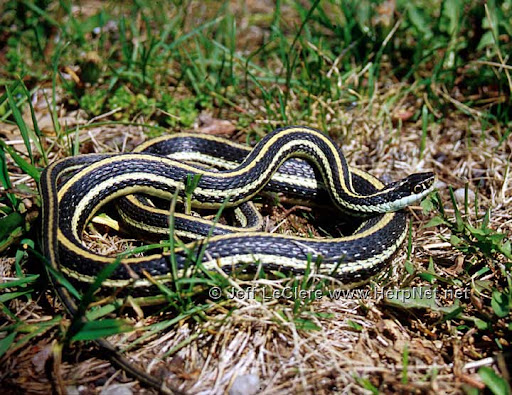
In tropical regions, particularly throughout Central and South America, the racing stripe snake (Thamnophis proximus) represents another species that frequently utilizes tree hollows. These slender, agile reptiles display distinctive longitudinal stripes that run the length of their body, providing excellent camouflage among dappled forest light. Racing stripe snakes are semi-aquatic, often selecting hollow trees near water sources where they can hunt for their preferred prey of frogs, small fish, and aquatic invertebrates. Their ability to switch between terrestrial, arboreal, and aquatic hunting makes them extraordinarily versatile predators. In the rainy season, these snakes retreat higher into tree hollows to escape flooding, sometimes occupying cavities more than 30 feet above ground level.
Conservation Implications of Hollow Trees
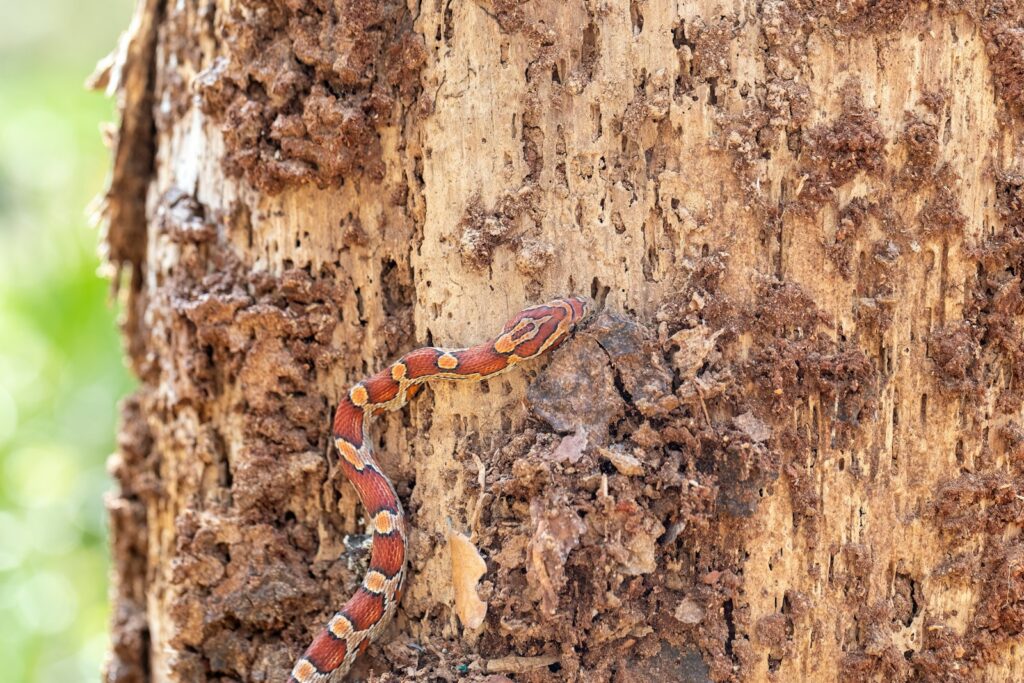
The relationship between snakes and hollow trees carries significant conservation implications in today’s changing forests. Modern forestry practices, which often prioritize the removal of dead, decaying, or hollow trees, can inadvertently eliminate critical snake habitat across large areas. Studies indicate that forests with abundant hollow trees support dramatically higher snake populations and diversity compared to heavily managed woodlands where such features are scarce. Conservation biologists increasingly advocate for the selective retention of hollow-bearing trees during timber harvesting operations to maintain these vital microhabitats. Additionally, the artificial creation of hollows in younger forests has shown promise as a restoration technique, with snakes readily adopting these manufactured cavities when natural options are limited.
Cohabitation and Competition for Tree Hollows

Tree hollows represent limited resources in forest ecosystems, leading to complex patterns of sharing and competition among various species. Snakes may share tree cavities with a remarkable diversity of other wildlife, including flying squirrels, raccoons, opossums, and various bird species, though rarely simultaneously. More commonly, different animals utilize the same hollow during different seasons or times of day in a fascinating ecological time-share arrangement. Among snake species themselves, competition for premium hollow trees can be significant, with larger individuals typically displacing smaller ones from particularly desirable cavities. Interestingly, some hollow trees develop such extensive internal networks of connected chambers that multiple snakes may occupy different sections of the same tree without direct interaction.
Identifying Signs of Snake Occupation in Hollow Trees
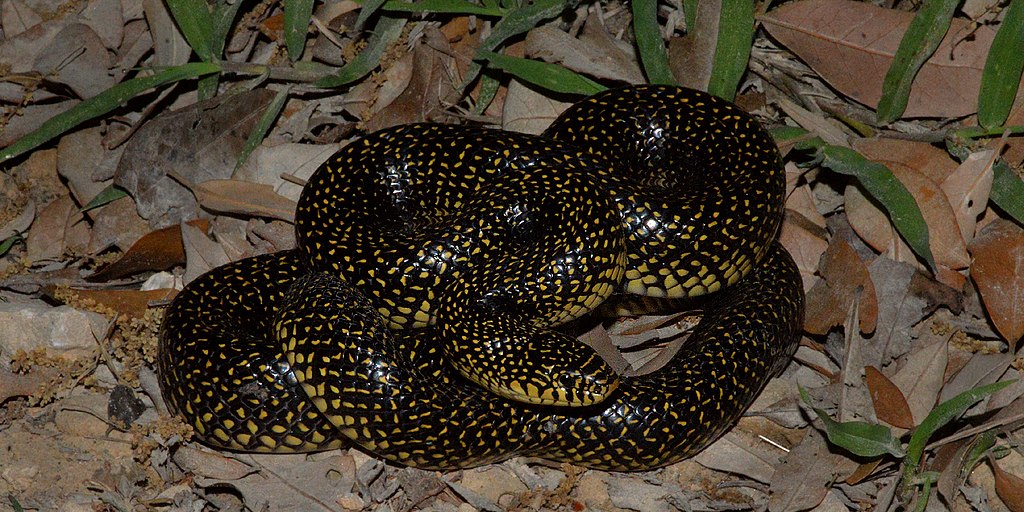
For naturalists and wildlife enthusiasts, recognizing the signs of snake occupation in hollow trees can enhance forest exploration experiences. The most obvious indicator is snake skin sheddings, which may be found draped across branches near the hollow entrance or partially protruding from the cavity itself. Careful observers might notice polished areas around hollow entrances where the repeated movement of snake bodies has smoothed rough edges over time. Fresh snake droppings, which appear as dark, somewhat elongated deposits often containing hair or bone fragments from digested prey, frequently accumulate below regularly used tree hollows. Additionally, hollow-dwelling snakes sometimes maintain multiple entrance points to their arboreal homes, with secondary exits often visible as smoothed pathways along branches connecting to the main cavity.
Human Interactions with Hollow-Dwelling Snakes
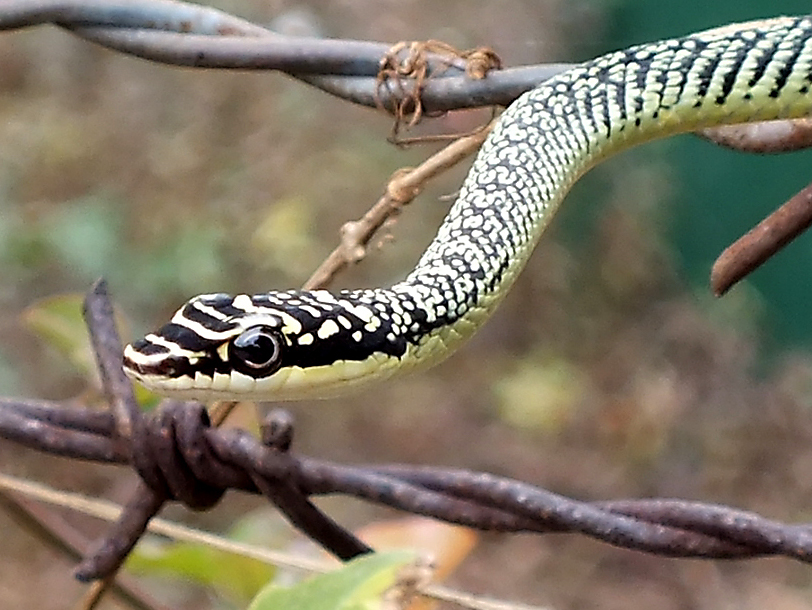
Human encounters with hollow-dwelling snakes typically occur during tree removal, firewood collection, or landscaping activities that disturb these natural habitats. Arborists and forestry workers occasionally discover snakes when felling or pruning trees with cavities, sometimes creating unexpected wildlife management situations. Homeowners with mature trees on their property may encounter these serpents during yard maintenance, particularly when clearing brush near the base of hollow-bearing trees where snakes frequently hunt. While most hollow-dwelling snake species are non-venomous and beneficial predators of rodents, their sudden appearance can startle unsuspecting people. Wildlife experts recommend simply allowing discovered snakes to retreat peacefully rather than attempting to capture or relocate them, as these animals play important ecological roles in maintaining healthy forest and suburban ecosystems.
Future Research and Ecological Understanding

Scientific understanding of the relationship between snakes and tree hollows continues to evolve through innovative research approaches. Recent advances in miniature thermal imaging technology have allowed biologists to map temperature gradients within tree hollows, revealing how snakes strategically position themselves to optimize body temperature. Radio telemetry studies tracking individual snakes have demonstrated remarkable fidelity to specific tree hollows, with some individuals returning to the same cavities across multiple years. Environmental DNA sampling techniques now permit researchers to detect the genetic presence of snake species in hollow trees without direct observation, dramatically expanding monitoring capabilities. As climate change alters forest ecosystems, ongoing research into these specialized habitat relationships will prove increasingly valuable for conservation planning and forest management strategies intended to support biodiversity.
Tree hollows represent one of nature’s most perfect examples of habitat repurposing, where the decay of one organism creates life-sustaining shelter for another. The snakes that have evolved to utilize these wooden sanctuaries demonstrate the remarkable adaptability that characterizes successful species. As we continue to learn more about these fascinating reptiles and their arboreal homes, we gain a deeper appreciation for the complex, interconnected relationships that sustain healthy forest ecosystems. By preserving mature trees capable of developing hollows, we not only protect important snake habitat but also maintain the intricate ecological tapestry that supports countless other species—a reminder that in nature, nothing truly goes to waste, and today’s decay becomes tomorrow’s dwelling.




